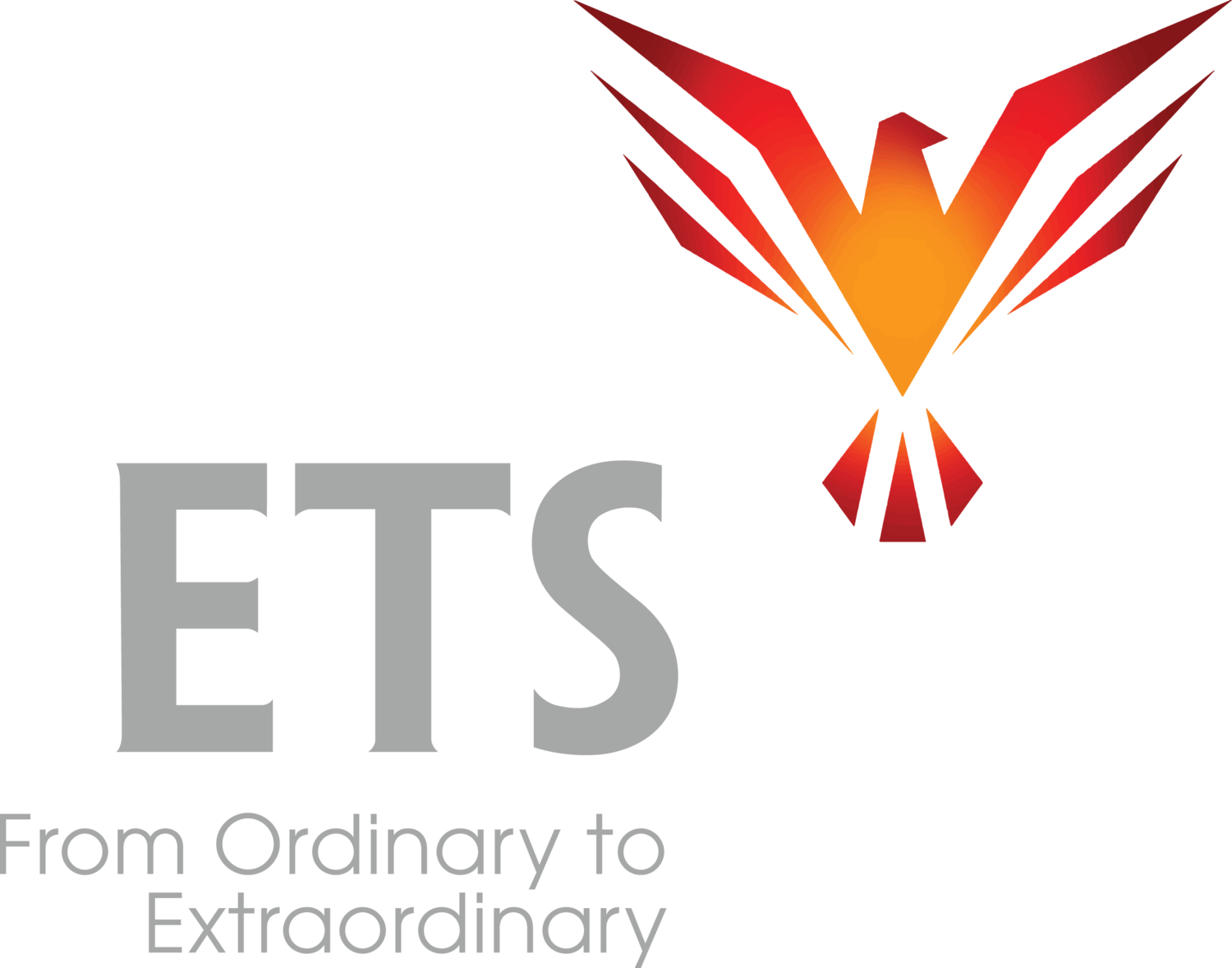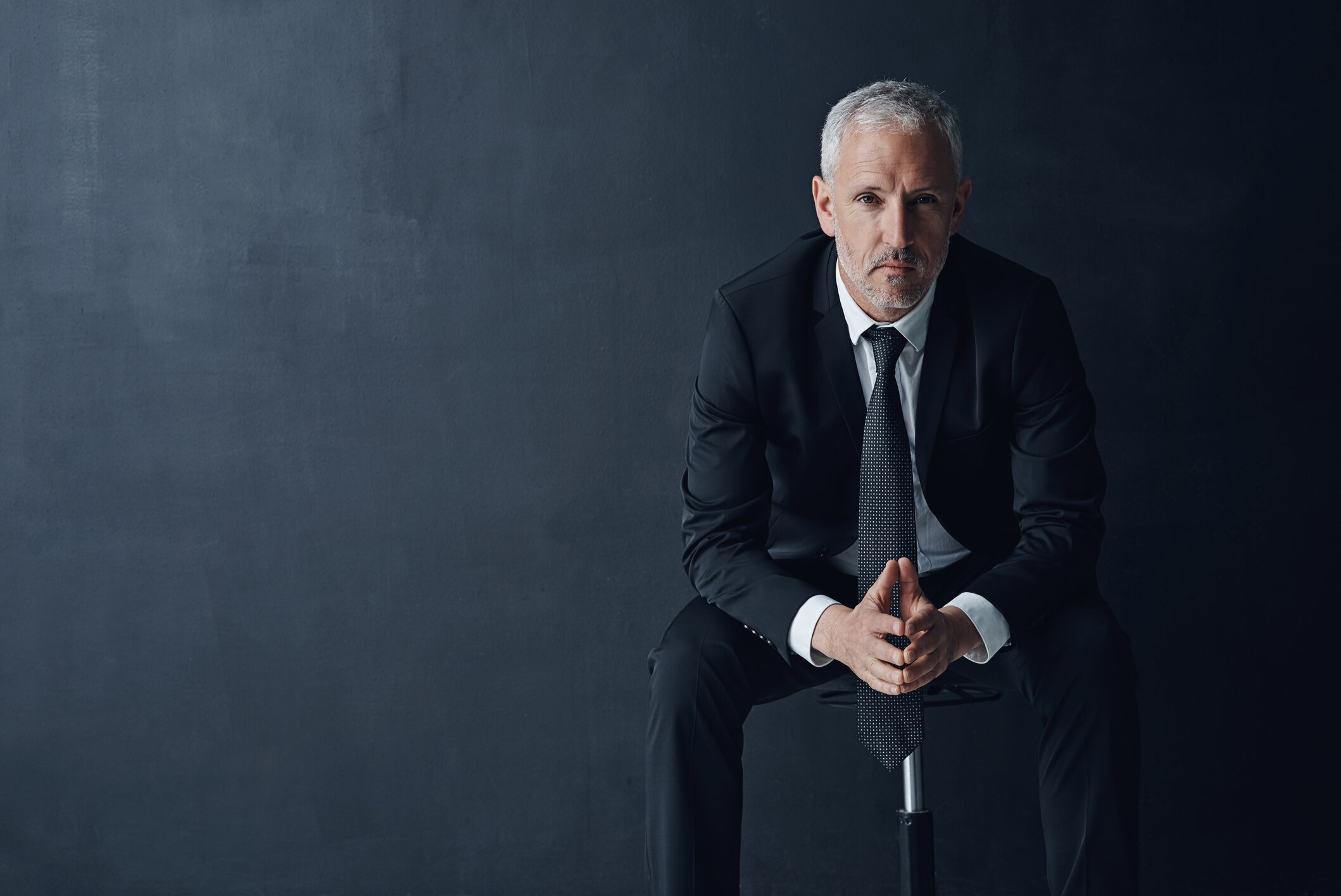Their VP sent them for coaching on virtual presentation skills. It was obvious they didn’t want to be here. They’re Senior Directors, Senior Managers. Busy, don’t have time for this. Forced to endure. Probably secretly planning to multitask.
It was a group of 20 and, after the main intro lecture, the ETS Trainers and I divided them up for personal coaching. I took 5 into my breakout session.
I soon had them laughing. I hate seeing the misery of being forced to be somewhere you don’t want. I don’t try to make people learn something they’re not interested in. I personally had too much of that in school, where often I was more prisoner than student.
I established a fast friendship with the group and let them know I would teach them only what they wanted to know.
I asked each one how good they wanted to be. I let them know I could take them to rock star level if they wanted, but they were responsible for furnishing their own personal goals. I expected their goals to be as individual as they are.
I also warned them: the higher your goal, the tougher a coach I’m going to be. I have much to accomplish in six hours. So I don’t spend time messing around with anything not important.
I asked what level of coaching they wanted: light, medium or really tough. They all perked up by this point and unanimously requested tough coaching. They were now fully engaged. So we dove in.
As each one gave a short presentation, I got a sense of how they were currently doing it.
I can say this about all of them.
Their camera presence was uninspiring. In dark shadows, bad lighting, terrible camera angle, weak positioning. No executive presence. None.
These are leaders!
When it came to speaking, they were corporate and wooden. Stiff.
Not engaging. No chance of it. Audiences would be multitasking in less than three minutes.
Brilliant minds. Fabulous content. No impact. Yawn.
And with the birth of sudden hope that I could get them there, they all now wanted to be rock stars.
No problem.
You know why I say that? Because every ability they want is within them, just as every ability you want is within you.
Education comes from the Latin word educare, which came from the Latin ex (out) + ducare (to lead), to lead out.
And that’s what I do. I show my students how to find that ability within themselves and I lead it out of them. I lead initially, and they follow until they get the hang of it. And then they can finish the job and lead it all the way out. Then they are the leaders. Of themselves.
I often spend a good bit of time undoing all the damage that’s been done to their natural ability.
The informal and formal training they’ve gotten on “how to give presentations” often ruins it.
All these people who think they “have no natural ability” find out: not true. You do have great ability. And once you tap into it, it’s unstoppable.
I’ll give you an example that affected these five. It ties back to the reason why they were corporate and wooden.
They explained to me that they’re in a “technical field” and this is “how people in this field are.”
They had the firm belief that they needed to be “serious and professional”. And that “serious and professional” means using big words, formal language, erasing the pleasure in their hearts, killing the twinkle in their eyes, and wiping the smiles off their faces.
This is faulty education.
Professional should come from the quality of your work and serious should come from the intensity of your commitment. Both of these are demonstrated in your results, not how cold your face and your eyes are.
We got the lighting right for each of them so they showed up handsome and with executive presence. It’s politically incorrect these days for me to tell my clients that they’re handsome, but I can tell you.
When you get your camera presence right, you are handsome. Or beautiful, as the case may be. I see it every time.
Trying to be “serious and professional” (you can now read that as “corporate robot”), had diminished and almost extinguished each of their intensity.
These are VERY intense men. (I love intense people.) I gradually, gradually, gradually brought out all their intensity. I showed them how to experience and communicate that intensity while still being fully connected and in rapport with their audience. It’s glorious to see them speak now.
Learning to form a connection with their virtual audience, to speak naturally and powerfully, to really get their message to land, transformed these five.
Each of them now has charisma. Unique, very individual, powerful charisma.
As I coached each one, I had the others give feedback also. I thought I was a tough coach! They were brutal with each other once they got the hang of what I was doing. Relentless critics. But it was all done in the spirit of helping and we were laughing a whole lot. It was fabulous.
By the end, they were giving each other enthusiastic thumbs up, blown away not only by what they were capable of themselves, but what they now saw in their colleagues.
I fell in love with all five. There’s many kinds of falling in love. I’m talking about the swept away by competence kind. Of course it’s politically incorrect for me to tell them, but I’m telling you. They were amazing. Each one of them had the rest of us on the edge of our seats feeling like we could listen to them forever.
I can’t even describe the feeling it gives me to know that each one of them is now going to create that feeling with all of their virtual meetings and audiences. To know that every future audience is in for the most delightful of surprises.
Audiences are hungry for great presenters, especially virtual audiences. And these five, actually the whole group of 20 who worked with the other incredible ETS coaches, have the power now to create that charisma, anywhere, anytime, with any who.
And so do you, my friend. And so do you.
Get your camera presence right. Connect with your audience. Forget all the BS you’ve been taught about being stiff and wooden to convince the world that you’re really professional. Tap in to that charisma within you. And sweep them away.
Be the cause!




















